

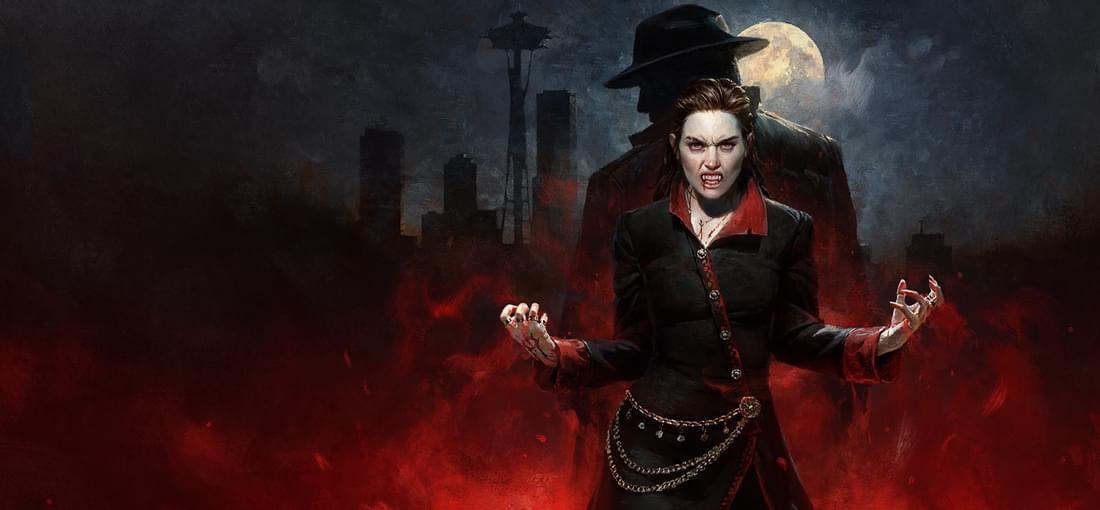
As a sequel to a cult classic, Bloodlines 2 had an opportunity to reproduce its charm and depth while also smoothing out its (many) rough edges. Expectations started to sour when the game got a new dev team: it was going to take a miracle to save it... And boy, the miracle did NOT happen. To be fair, on its own merits VtM:B2 is... okay. Gameplay-wise, moving through Seattle feels good, the stealth works fine, and while rigid and repetitive the combat has satisfying quirks. The story and dialogue are occasionally undermined by sub-par voice acting but are solid overall: it's a pretty good portrayal of the World of Darkness and the colorful bloodsuckers that populate it. Nothing exceptional, but on its face it all kinda works. The question while playing this game though is... Why is it called Bloodlines 2? This is NOT a successor, spiritual or otherwise, to VtM:B. It does not expand on its story outside of some timid nods, takes almost no notes from its game design, and replaces the customization and management mechanics of the tabletop game with a generic skillpoints system. It drops all pretense of being an Immersive Sim and in fact barely qualifies as an RPG, instead electing to be an open world action game like we've seen by the dozens. Think Batman Arkham or Shadow of Mordor, only less fun: all you do is follow quest markers, bust the skulls of cloned mooks, and meet NPCs who seemingly only exist to send you on unremarkable errands. For all of the OG's flaws, what made it special and beloved is that every quest had narrative depth and could be handled in multiple manners; each place and NPC felt like they had a real history; each character build let you interact with the world in a new way... It felt ORGANIC, something I never quite got from this sequel. Ironically, VtM:B2 doesn't care about its bloodline - and even disregarding the lack of connection to its predecessor, it's very average and overpriced. Don't buy it, or at least wait for a massive discount.
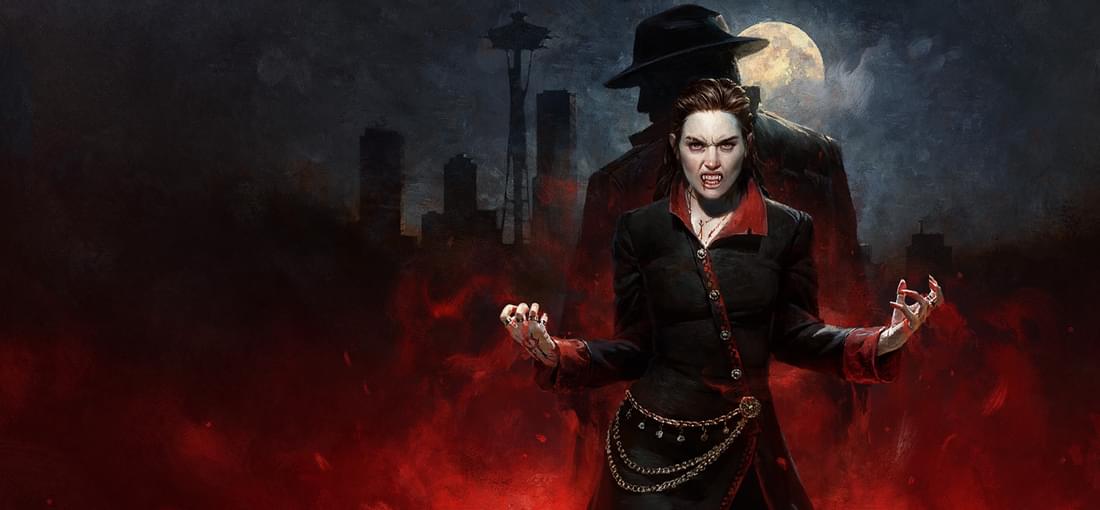
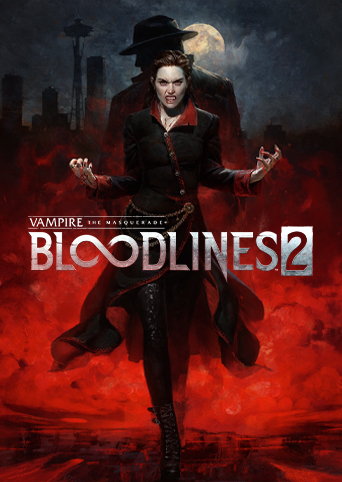
As a sequel to a cult classic, Bloodlines 2 had an opportunity to reproduce its charm and depth while also smoothing out its (many) rough edges. Expectations started to sour when the game got a new dev team: it was going to take a miracle to save it... And boy, the miracle did NOT happen. To be fair, on its own merits VtM:B2 is... okay. Gameplay-wise, moving through Seattle feels good, the stealth works fine, and while rigid and repetitive the combat has satisfying quirks. The story and dialogue are occasionally undermined by sub-par voice acting but are solid overall: it's a pretty good portrayal of the World of Darkness and the colorful bloodsuckers that populate it. Nothing exceptional, but on its face it all kinda works. The question while playing this game though is... Why is it called Bloodlines 2? This is NOT a successor, spiritual or otherwise, to VtM:B. It does not expand on its story outside of some timid nods, takes almost no notes from its game design, and replaces the customization and management mechanics of the tabletop game with a generic skillpoints system. It drops all pretense of being an Immersive Sim and in fact barely qualifies as an RPG, instead electing to be an open world action game like we've seen by the dozens. Think Batman Arkham or Shadow of Mordor, only less fun: all you do is follow quest markers, bust the skulls of cloned mooks, and meet NPCs who seemingly only exist to send you on unremarkable errands. For all of the OG's flaws, what made it special and beloved is that every quest had narrative depth and could be handled in multiple manners; each place and NPC felt like they had a real history; each character build let you interact with the world in a new way... It felt ORGANIC, something I never quite got from its sequel. Ironically, VtM:B2 doesn't care about its bloodline - and even disregarding the lack of connection to its predecessor, it's very average and overpriced. Don't buy it, or at least wait for a massive discount.
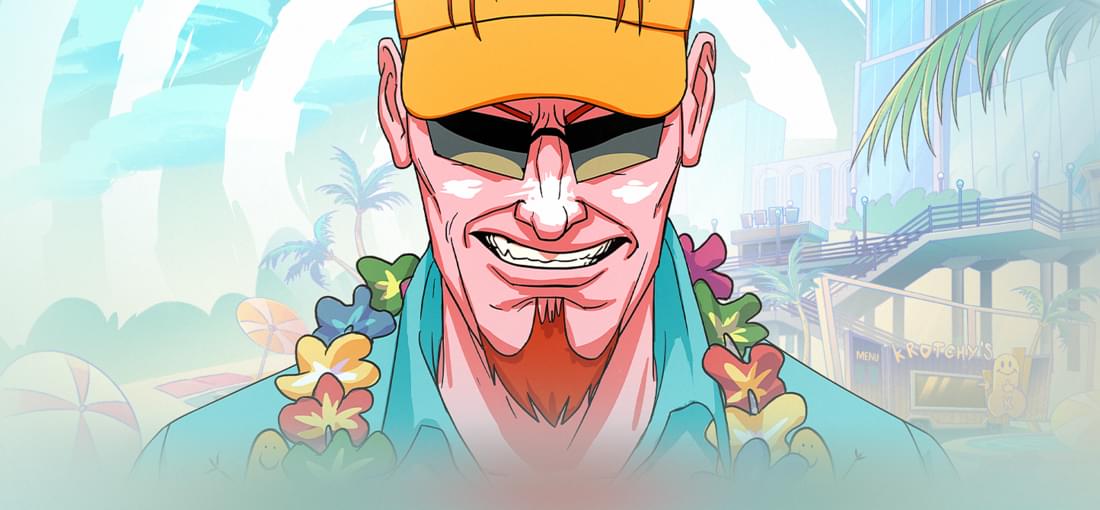
With the release of These Sunny Daze, the Postal's Dude mental world once again opens up to you - full of chunky pixels, bright colors, bodily fluids, distorted architecture and slightly out-of-date memes and political commentary... this time complete with a summer theme! Good news: this is more than just a map pack, and adds multiple items and mechanics to the game. Several weapons have thus been replaced with new theme-appropriate variants, most of which are neat: the new piss-tol (yes, really) and melee weapon are finally good enough to see some use after the first level, the sniper rifle is pretty cool, and the automatic shotgun is genuinely awesome. I've only mixed feelings about the machine gun, which is efficient but lacks a good secondary. You will also get to unleash all this newfound firepower on multiple enemy types, all of which are well-animated, engaging to fight, and fun to blast in the face. The grappling hook can now be used at any time, which adds some dynamism to the combat. Yet, TSD also disappointed me in regards to its level design. A lot of it is interesting on paper, but in practice it would have benefited from some reworks. Every place you'll visit in is structured in a very basic manner, rarely ever experimenting with non-linear layouts or new mechanics; the levels are full of unnecessary large empty spaces which break the pacing (and impact performance), and the enemy placement often felt uninspired. Some of the base game weapons are also either missing or well-hidden, which restricts your options to tackle battles. In the end TSD is fine (especially for this reasonable price) and I don't think I'll skip it when I'll have another go at P:BD... But the fact that it was rushed out the door seems pretty obvious. I replayed the main campaign right before this, and I found it had a lot of variety and a taste for surprise that I never really got from the DLC. Overall it's not a bad time, but it's not a mandatory buy either.
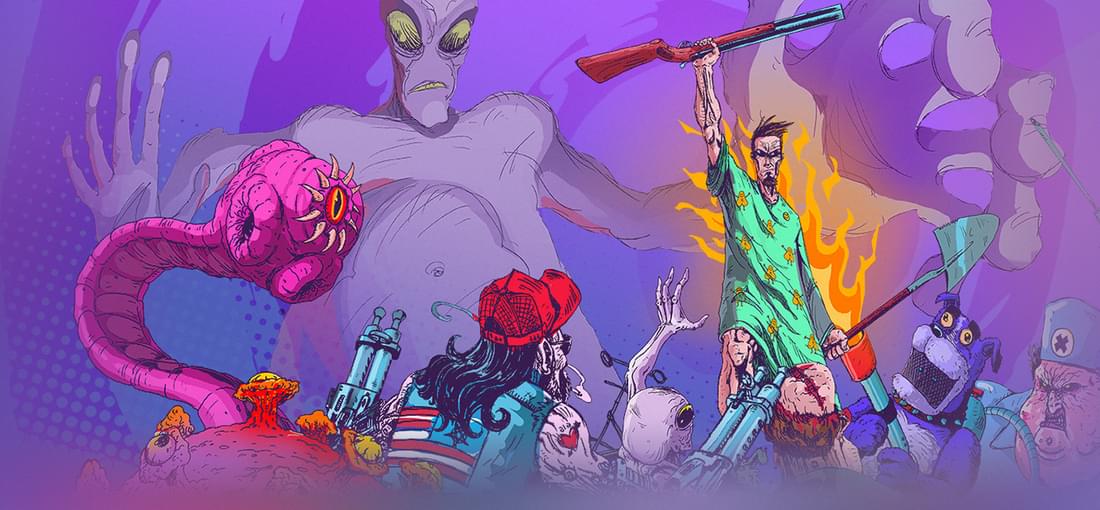
For all its glorious insanity, the Postal franchise never had particularly good combat... Until Hyperstrange released this solid spin-off! Brain Damaged blesses our Postal Dude with high running speed, hordes of foes to kill, and guns that he never needs to reload - a pivot to the Boomer Shooter genre which befits the frantic nature of the series! The inspirations are clear, as several mechanics are directly borrowed from famous FPS games: you'll recognize Dusk's crouch-slide, Doom Eternal's grappling hook shotgun, Ultrakill's parry system... But P:BD owns it. It only steals from the best and implements it properly, making for very satisfying gunplay. The level design is IMO where it truly shines. The first few levels aren't the best, but once the devs find their footing the game becomes a true banger. Each place experiments with different layouts and combat configurations to great effect; some areas are non-linear, open-ended or puzzle-based, while others choose to focus on corridor shooting or big arena fights! This taste for variety is complemented by a nice art direction. While the game is full of pop-culture references that were already outdated at launch (due to their focus on 2020-era memes and politics), it is pretty creative with its monster designs and architectures and has some of the crunchiest low-poly graphics on the market. Each level has its own vibe, and I was genuinely impressed by the atmosphere of some of them (especially the horror-themed ones from act 2). P:BD isn't perfect though. The Dude tends to lack mobility during big battles, the screen effects when using powerups or dropping below 50% health are distracting, and some weapons feel redundant or limited in use - the abundance of ammo usually lets you stick to your best guns anyway. In the end, P:BD is a nice shakeup for the Postal franchise. It's very fun to play, and while it lacks the sandbox appeal of other entries it still feels consistent with them. It's a good pick for FPS fans!
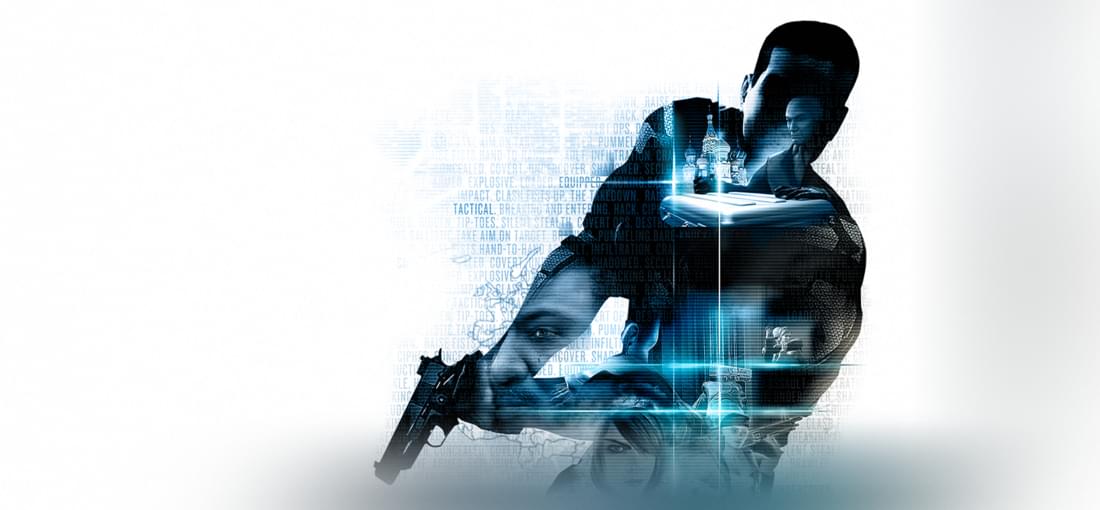
GOG's efforts for game preservation are a great way to get your hands on titles you may not have played (or even heard of) otherwise. For me that includes this cult title that Obsidian released 5 months before their magnum opus New Vegas. At a quick glance, Alpha Protocol isn't incredible. The controls tend to be rigid and awkward, while enemy AI works in weird ways and isn't the most fun to deal with. The implementation of RPG mechanics also means that your character's abilities suck until you invest XP in them - and not all are even worth upgrading. It's all quite clunky. Yet, AP is much, MUCH more than the flawed 2010-era military-themed action game it first seems to be! Ultimately, despite the jank the mechanics work well enough, and include a variety of sub-systems that are fun to engage with: hacking minigames, a different aiming system for each gun, even e-mail management! What won me over though is the sheer number of ways you can approach the campaign. It's a game of choices, and not just when it comes to building your own playstyle. The dialog system indeed lets you decide how the protagonist will tackle issues, who will be turned into enemies or allies, which secrets will be revealed or remain buried. The story is a well-written, twist-heavy conspiracy thriller commenting on the War on Terror and the military-industrial complex... And it's pretty awesome to have a say in the way it plays out. The roleplaying is one of the most rewarding I've seen: behaving as a jerk yields advantages, and even choices without major impact will grant you useful perks! I had as much fun playing as a sneaky silver-tongued hero than I had as a bloodthirsty gun nut. In the end, AP is in fact a fascinating title that evokes Splinter Cell, Metal Gear, Deus Ex and even Mass Effect... but still manages to feel like its own thing. If you like any of this stuff or just choice-based gameplay in general, chances are you'll enjoy playing and replaying this diamond in the raw!
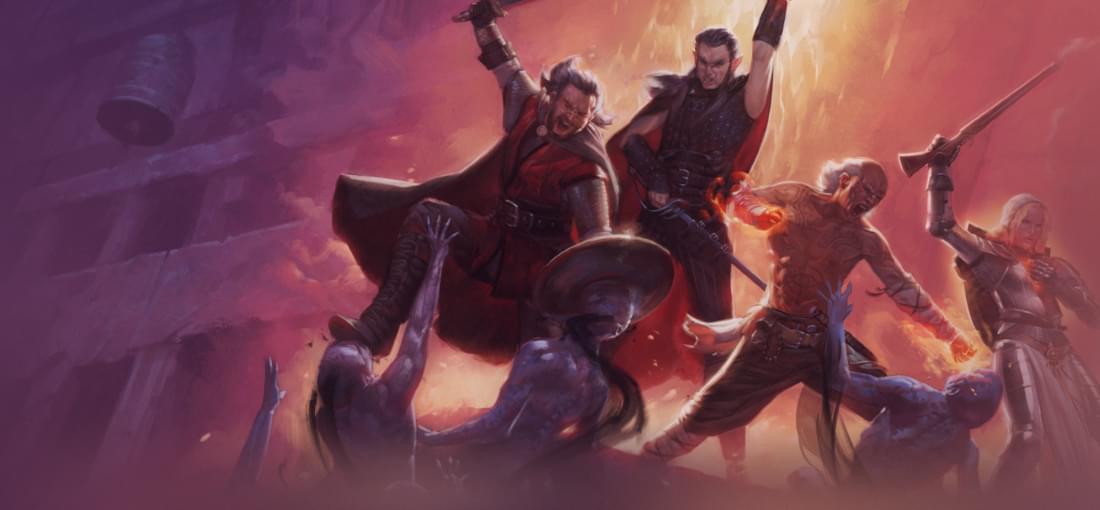
Pillars of Eternity is basically a modern translation of the Baldur's Gate series and its Infinity Engine derivatives, clearly emulating their unique brand of real-time action, isometric exploration, deep storytelling and painted graphics... And well, pretty much each of these aspects is nailed. It's an enthralling adventure with unique characters and exciting combat, set in eye-popping environments - seriously, the beauty of prerendered visuals should not be underestimated! But while it is clearly inspired by classic CRPGs (and DnD in general), it's far from a nostalgia bait ripoff. The character building system is complex, offering a staggering number of spells and combat maneuvers to master. And as expected from Obsidian, PoE's writing is consistently highbrow, almost poetic at times; the worldbuilding rises above your average "dwarves and elves" MedFan setting with its detailed lore and magical peculiarities. You will be showered with questlines featuring memorable characters and exploring bold, esoteric themes... Many of which will force you to take complicated moral decisions! But PoE isn't free from issues, some inherited from its inspirations: like for the BG series the lousy AI often makes it feel like you're babysitting a bunch of brain-damaged kids through the chaos of the real-time combat. While most of the fights are unchallenging, this becomes an actual problem whenever you stumble upon one of the campaign's sudden difficulty spikes. Plus as often with Obsidian games, the decisions you make fuel somewhat obtuse approval systems that can lead to disappointing endings for some story arcs. In the end PoE is a fine game, and a big, beautiful, generous adventure that will satisfy your retro CRPG cravings. That being said, as good as it is I don't think it stands out that much either, and I get why part of its target audience found it disappointing; the genre has indeed better or more significant works that I'd recommend prioritizing over this one.
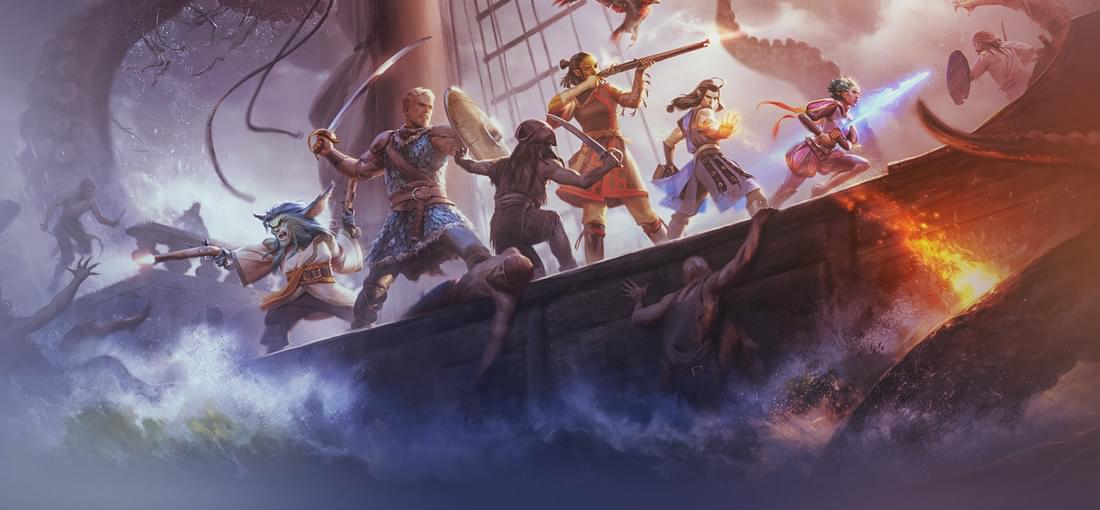
Those expansions are definitely high-quality. While each features a different design philosophy, they all explore the theme of Eora's gods and the lengths mortals will go to for them. All three stories are well-integrated within the main campaign, but the latter two only become available at the end, prolonging the game at a time when you may itch to see its conclusion (and in the case of TFS, possibly when some companions are unavailable). In a nutshell: - The Beast of Winter has you diving head first into the realm of the enigmatic Rymrgand, confronting you with his mordbid worldview. Combat is fairly scarce (though neither nonexistent nor unchallenging) as the game design instead focuses on puzzle-solving and worldbuilding. It's not the best DLC of the bunch IMO, but it's the one I enjoyed exploring the most, especially since it contains pretty cool revelations about Eora's past. - Seeker, Slayer, Survivor adds a gladiator storyline to the game, reminiscent of the ones from Oblivion or Fable. It's basically just a series of arena fights, most of which cleverly experiment with monster types and combat configurations: it's thus a must-play if you enjoy PoE's 2 battles, while still being surprisingly story-driven and full of cool lore. In fact, my biggest gripe with it are the ludicrous stat requirements needed to uncover the full picture of what's happening. - The Forgotten Sanctum is set in a dungeon designed to feel as lively as possible, featuring as much exploration as it does combat and still rewarding lateral thinking, diplomacy and even stealth. Its mix of strange visuals, bizarre horror and hilarious writing (largely due to my man Tayn and his Imps) reminded me of Planescape: Torment - which is high praise. My only issue is how brutal the final boss is, especially since the rest of the expansion isn't very hard. Overall, these are all fun to play and built with tons of care, making them pretty much a mandatory buy for anyone wishing to experience PoE2!
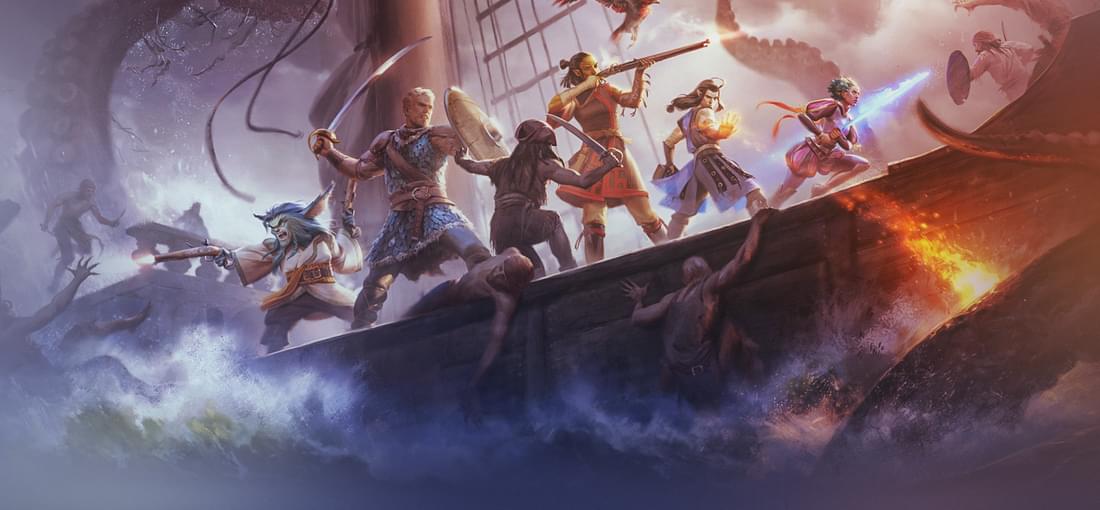
While not perfect, PoE2 is a very fine game. From a pure gameplay standpoint, it mostly improves on its predecessor: the combat has been made easier to read and is much more manageable overall, you get warned when a quest may be too high level for your character, character customization menus are more straightforward... It even manages to look prettier, though this sadly comes at the cost of performance. What truly sold me on PoE2 though is how cool the setting is: it's not often you get to play in a Caribbean-inspired fantasy land full of proud tribesmen, colorful pirates, and gorgeous tropical islands! The main story, frankly, mostly exists to encourage you to stroll around the open world, and the "meat" of PoE2 is instead found in exploring lush tropical places and completing the numerous secondary quests; while these tend to lack the weird metaphysics of PoE1, they still exhibit the level of quality and open-endedness expected from Obsidian. In a fashion reminiscent of New Vegas, you'll also get to choose sides in the complex and morally ambiguous inter-faction rivalries that plague the Deadfire - always cool to have that in an RPG! There are two big issues with PoE2 though. First, all the gameplay enhancements make for a much easier game that require less personal investment and engagement from the player - on normal difficulty, it almost plays itself at times. Second, while the travel mechanics seem cool at first glance, walking and sailing around the world map actually feels... pretty lame. It's essentially a succession of walls of text and random loot points: everything related to ship management and naval combat is especially disappointing for a pirate game, which is why patches made it largely optional. In the end, as far as CRPGs go I think PoE2 still lacks that little spark that would make it "one of the greats"... But it's not far from that. I'd heartily recommend it to RPG fans, including those who weren't entirely convinced by the first entry.
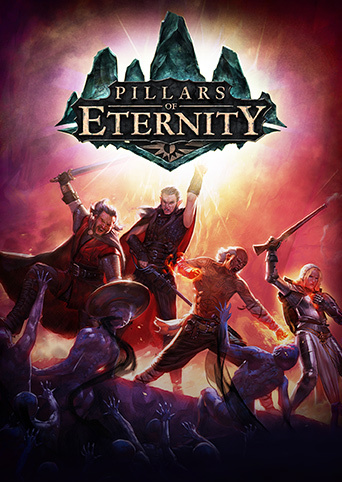
Pillars of Eternity is basically a modern translation of the Baldur's Gate series and its Infinity Engine derivatives, clearly emulating their unique brand of real-time action, isometric exploration, deep storytelling and painted graphics... And well, pretty much each of these aspects is nailed. It's an enthralling adventure with unique characters and exciting combat, set in eye-popping environments - seriously, the beauty of prerendered visuals should not be underestimated! But while it is clearly inspired by classic CRPGs (and DnD in general), it's far from a nostalgia bait ripoff. The character building system is complex, offering a staggering number of spells and combat maneuvers to master. And as expected from Obsidian, PoE's writing is consistently highbrow, almost poetic at times; the worldbuilding rises above your average "dwarves and elves" MedFan setting with its detailed lore and magical peculiarities. You will be showered with questlines featuring memorable characters and exploring bold, esoteric themes... Many of which will force you to take complicated moral decisions! But PoE isn't free from issues, some inherited from its inspirations: like for the BG series the lousy AI often makes it feel like you're babysitting a bunch of brain-damaged kids through the chaos of the real-time combat. While most of the fights are unchallenging, this becomes an actual problem whenever you stumble upon one of the campaign's sudden difficulty spikes. Plus as often with Obsidian games, the decisions you make fuel somewhat obtuse approval systems that can lead to disappointing endings for some story arcs. In the end PoE is a fine game, and a big, beautiful, generous adventure that will satisfy your retro CRPG cravings. That being said, as good as it is I don't think it stands out that much either, and I get why part of its target audience found it disappointing; the genre has indeed better or more significant works that I'd recommend prioritizing over this one.
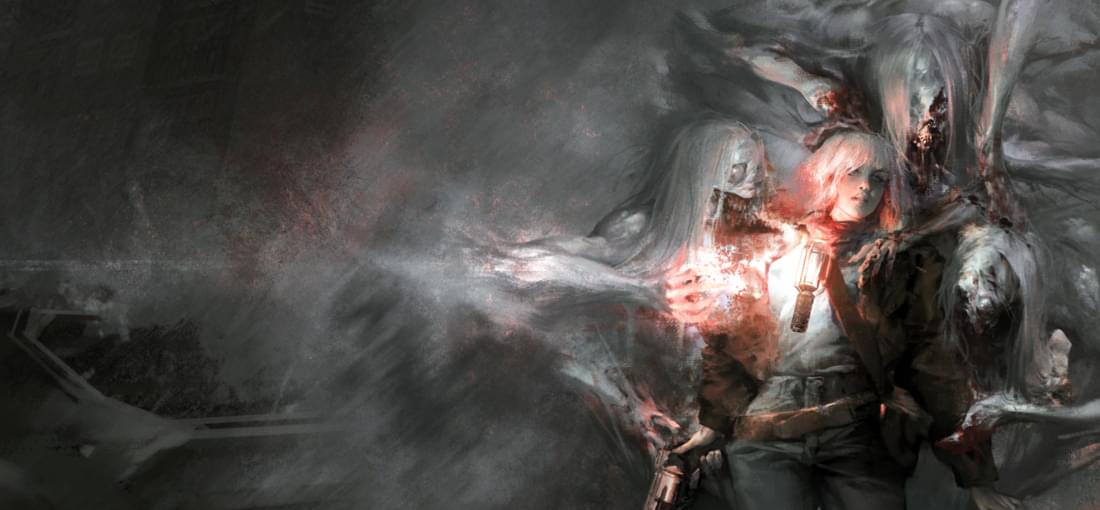
A clear homage to horror classics like Silent Hill or Resident Evil, Hollowbody is unfortunately kind of a mess. Well to be fair, it tries hard and gets a bunch of things right. Its dystopian setting and use of cyberpunk themes is quite novel for its genre. The atmosphere is great: the simple low-poly graphics are elevated by the art direction and the work on lighting. The storytelling and voice-acting are competent, most of the puzzles are fine, and I appreciate some design choices like the bright lights to indicate important set pieces, or the possibility to switch between camera modes at any time. Frankly, it's pretty impressive stuff for a single dev project! Yet, all the good work that has been put into Hollowbody doesn't add up to a great game. The quality is all over the place: it sometimes feels like a good horror romp, sometimes like a flawed retro classic, and sometimes like a mod made by an amateur. The combat has all the stiffness of the PS1 era, with some Unity jank added on top; it's slow and clunky, and mostly consists in locking onto foes and hoping the hit detection will do its job. The level design relies heavily on cloned corridors and large empty streets, making for environments that are very boring (and often confusing) to navigate, with some terrible backtracking if you want full completion. And while the art direction is good, it's also unoriginal: the walls covered in filth and fleshy growths, the twitchy zombies, the jump scares, the unlit rooms... You've seen it all in dozens of games before, and by now it's all very tired. In the end I think Hollowbody deserves some affection, some recognition, and even a sequel. It's a valiant effort that's overall very playable! But to me, it failed to make a good impression, and I'm disappointed by how boring and unremarkable most of it was. When it comes to retro horror games made by tiny dev teams, there are much better alternatives out there - I'd particularly recommend Sorry We're Closed.